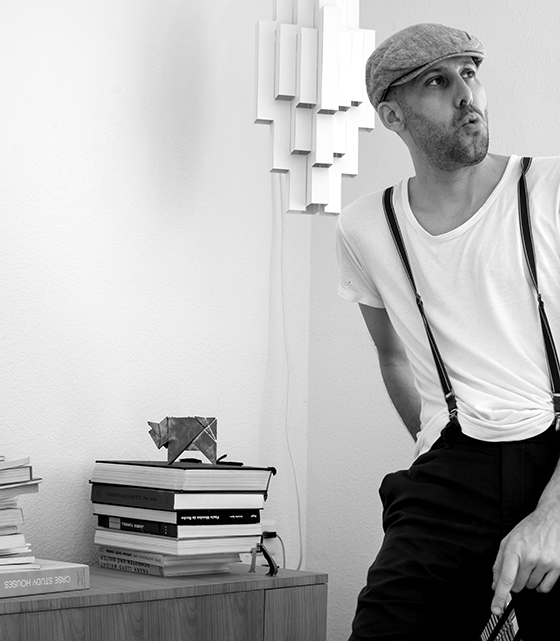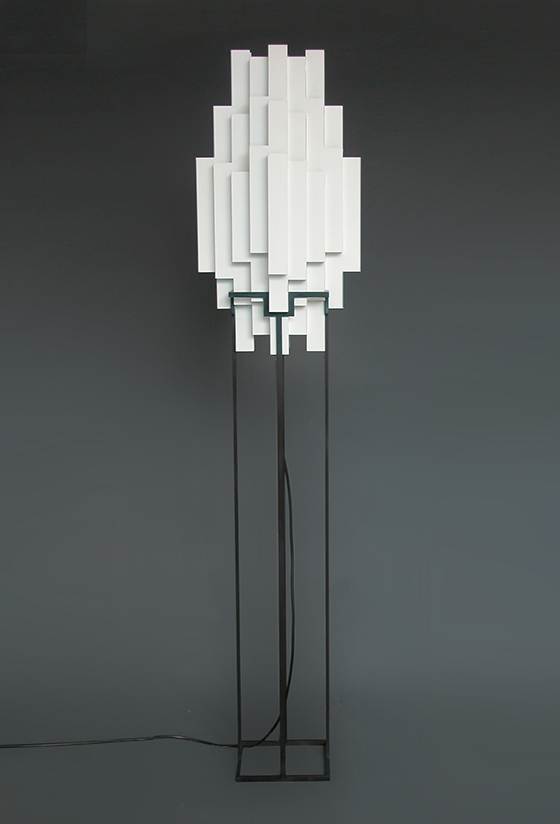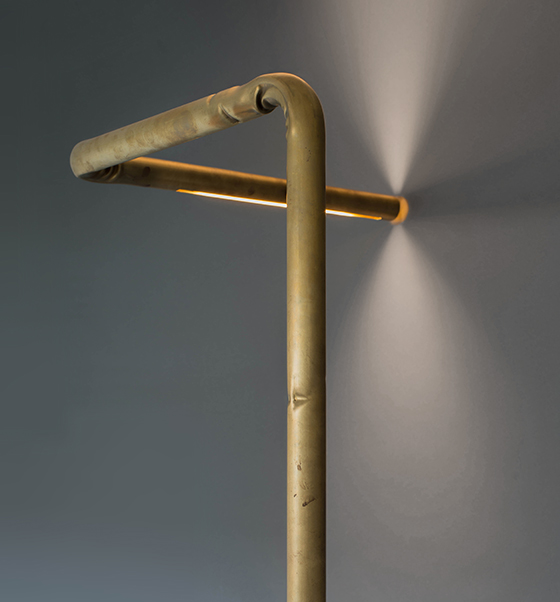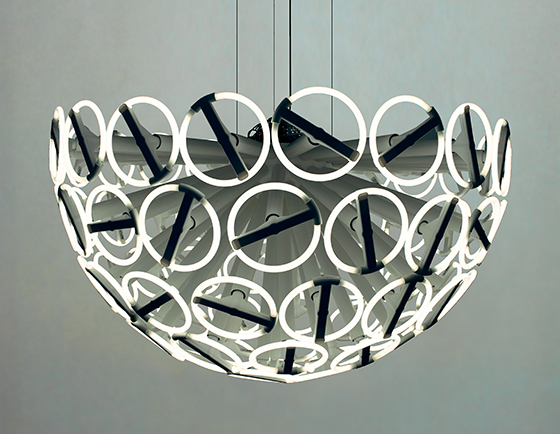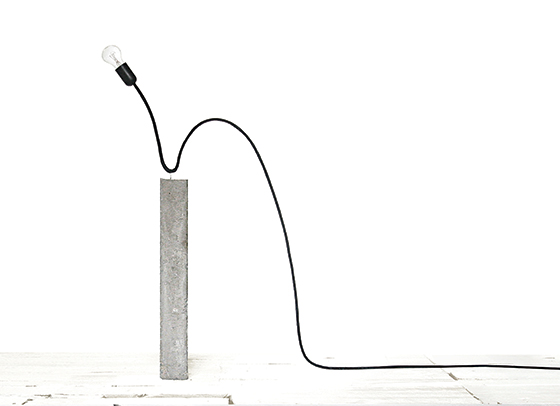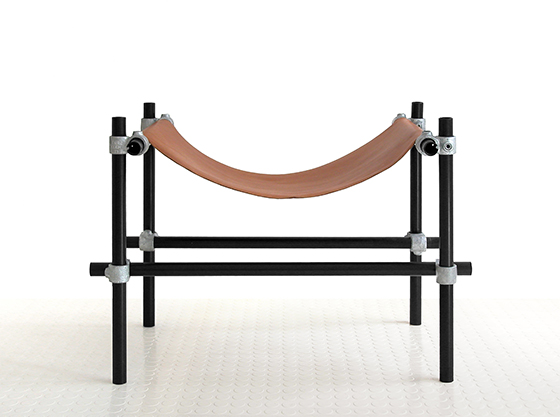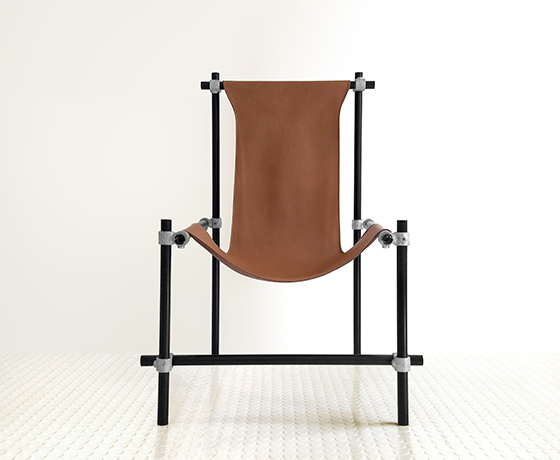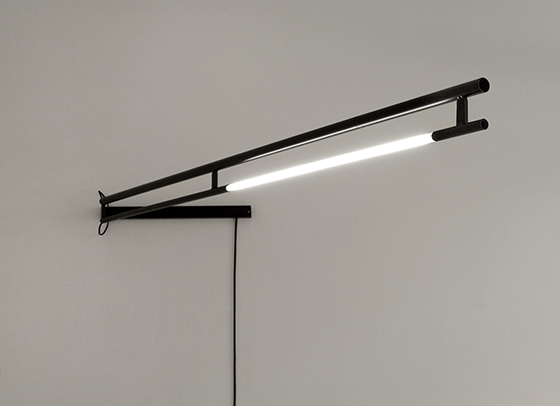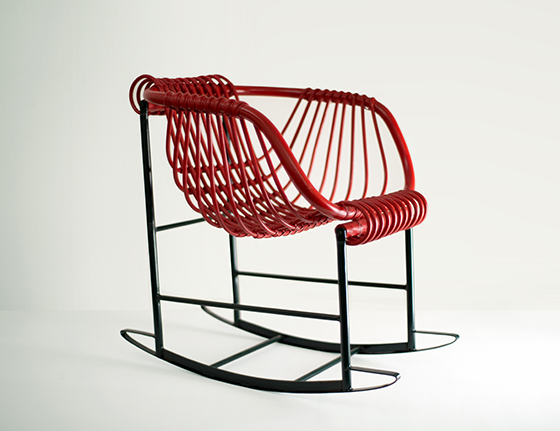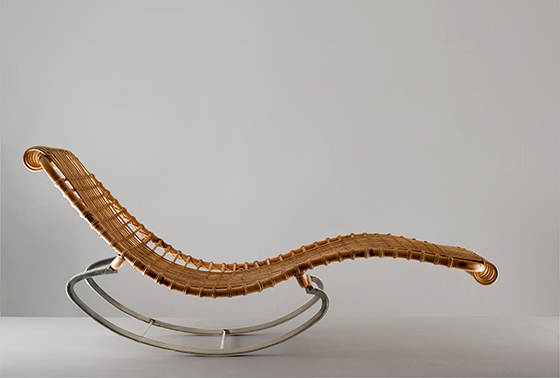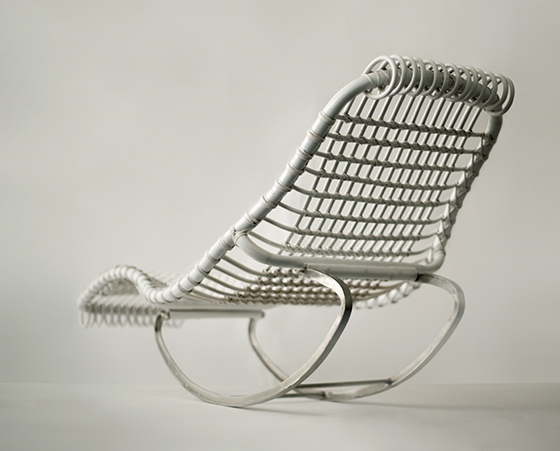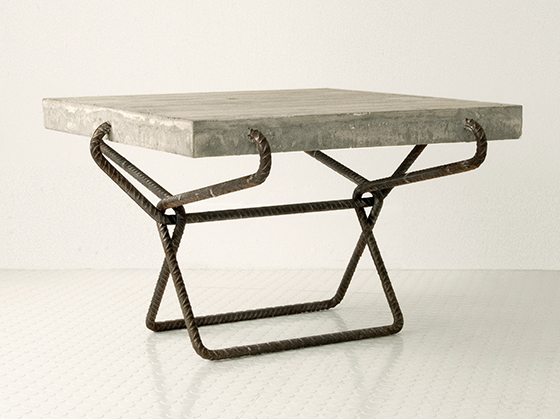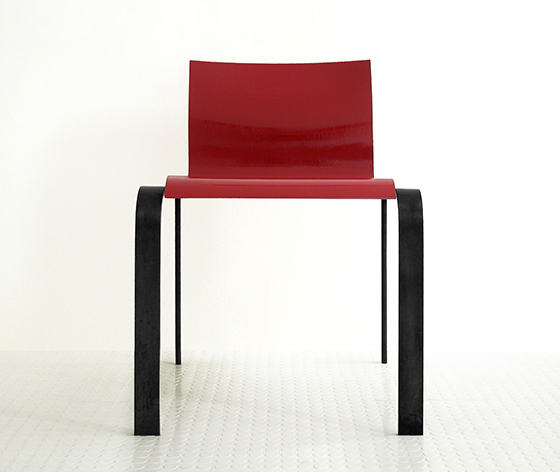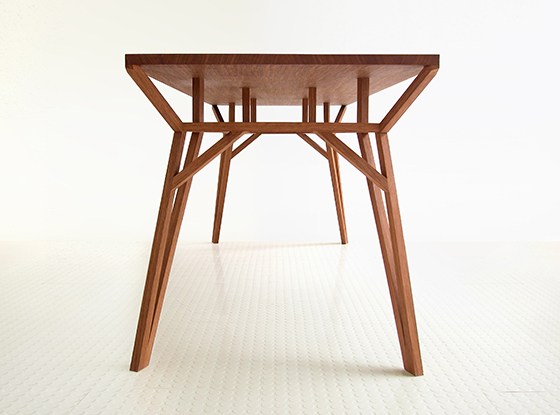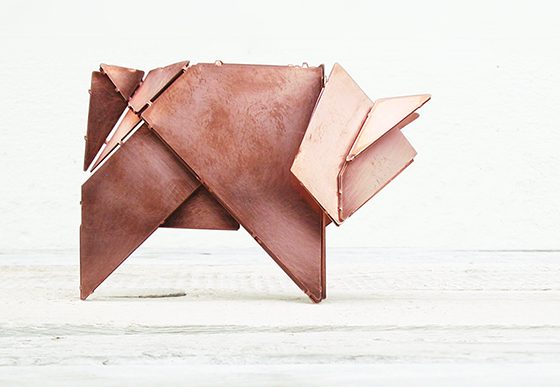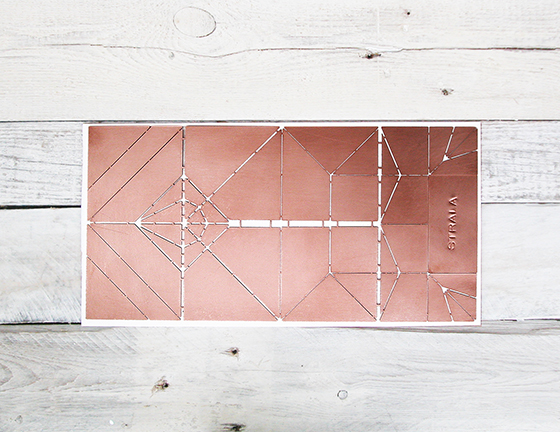Material Tendencies: Tom Strala
Texto por Anita Hackethal
Berlin, Alemania
08.11.15
Motivated by his love of research in the pursuit of the essence of matter, the trained Swiss architect Tom Strala probes the limits of various materials in the course of his experiments. His timeless objects conceived with attention to the tiniest details, his limited editions and his small production series of furniture and lamps bear witness to a philosophical approach to his work.
If you had to confine yourself to a single material for the next three years, which material would you choose?
"Right off hand I would say metal. I’ve gained a lot of experience with metal, and I’m never bored with it. I think it’s an incredibly versatile material, although it does pose the problem of weight, which I don’t happen to like. My objects always have two parts. There’s a light part and a heavy part, whereat inherently consistent inbetween worlds arise, creating a harmony within the whole."
I think working with only one material would be an interesting challenge. Yet it’s much more exciting if you have different materials to choose from. You could kind of compare it with food. If I had to eat pasta every day, I’d probably look for a different job. (Laughs). If you tell me tomorrow that all we have is glass, then glass is all we have, and I’ll be happy with what we’ve got. But I can’t name a specific material for you.
TMS 360S Floor lamp (Limited Edition of 125), 2001-2004
By experimenting with materials we discover and experience their limits. Only through playful experimentation with a material we can discover the points at which it bends, breaks or liquefies. And those are precisely the points I find interesting: the critical points at which something shifts from one side to the other, for it is exactly there that we designers can ‘make’ something with the material and bring forth something new. I think it’s wonderful to realize that this principle is grounded in a deeper (human) analogy or parallel – in an actual tradition, in fact. The point at which we humans no longer know where to go is precisely the point at which we must move on. And although material is lifeless matter, it behaves according to the same principle.
Animal Farm No. 2 Floor lamp (Limited edition of 25), 2011-2015
I like to compare material with words or language. I can express a great deal with words, but I can also express nothing by stringing certain words together. We have material, and we make something with it. I think every material has an incredible number of fascinating properties and processing possibilities that can be discovered. Materials are literally waiting for someone to pick out a certain aspect and bring it to light. And that’s why I like all materials. With plastic, for instance, you can create organic forms and then distort them.
Calamares 1 Chandelier (Limited Edition of 15), 2010
What role does material play in the design process? When you have an idea, at what point do you decide in favour of a specific material?
You really need both – the idea and the material. Unlike words or thoughts, which are artificial, a material is something that actually exists, created by nature. As a designer I try to give the whole a voice, but I can only make something from a material that is already inherently there within it. You have to find a new point of view in order to present something new in such a way that it is recognisable to everyone.
The material itself has no ideas. Ultimately it’s the mind that makes matter what it is and gives it a new dimension. Yet at the same time it’s the material that determines by virtue of its properties how the design process will progress. In other words, it’s the designer who gives form to the material, but the material prescribes certain guidelines for the designer. Thus there is no hierarchy involved here – you can’t work without material, but nothing happens without ideas, either.
Kalahock Hocker Ottoman (Limited Edition of 50), 2005
You produce your works yourself, as limited editions. How does your approach to a project differ from that of a designer who is given a specific goal to meet?
That’s a very special case. Let me describe it this way: You have the feeling that you want to clap your hands, but you don’t know how to do that yet. So you move your hands around rather unskilfull, and at some point they meet and you realise that something has happened and you’re on the right track. There’s a sound, and suddenly you can clap your hands.
I have a fairly similar feeling about an object I wish to represent. Obviously that does not work right away. I definitely fail quite often as well. But I think that’s extremely important in itself. It helps me move ahead. If you consider the time pressure to which we are all subject today, I’m actually fortunate in that I can take the time I need to discover my limits and continue to experiment until an object is ready for production. That gives me the chance to experience the beauty that comes inbetween – the beauty that emerges during the process itself.
Pompidu swivelling Wall light (Limited Edition of 75), 2008
Rocking Seefelder Rocking chair (Cult object), 2011-2013
Lazy Seefelder Lounger, (Cult object, white), 2013
All images © Strala
---
Look out for more Material Tendencies reports. We’ve captured insights from renowned designers and we’re delighted to be able to share them with you in the forthcoming weeks, as part of our ongoing Architonic Trend Analysis series.
---
